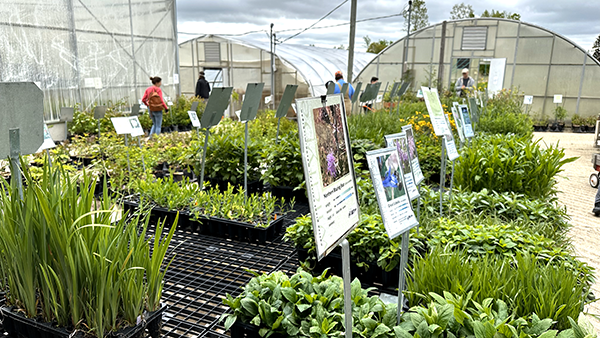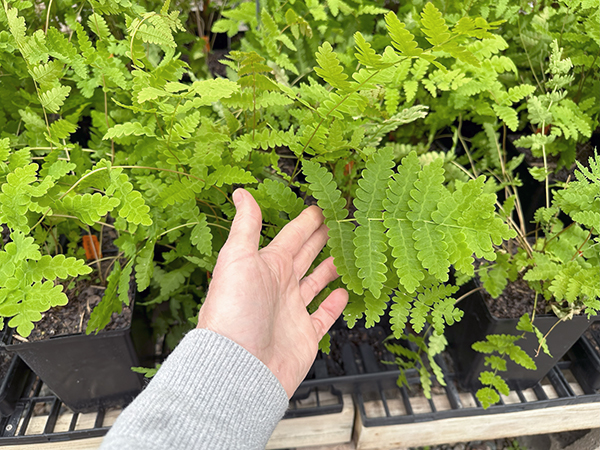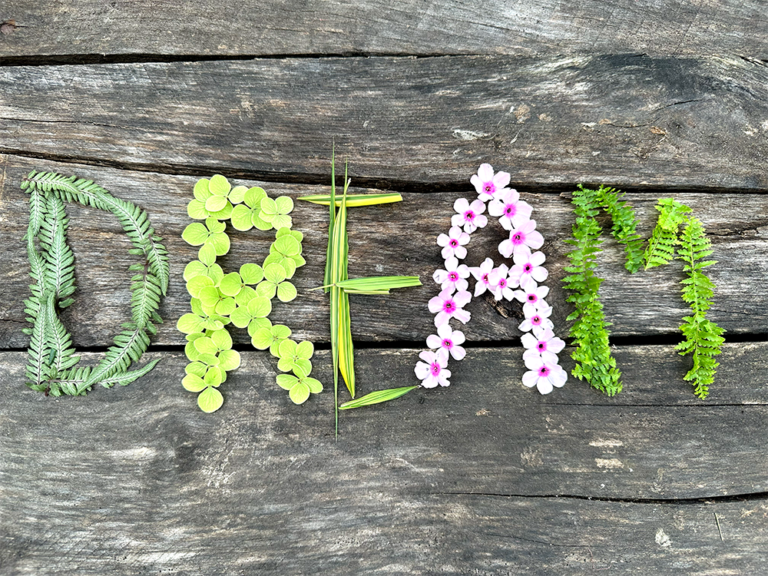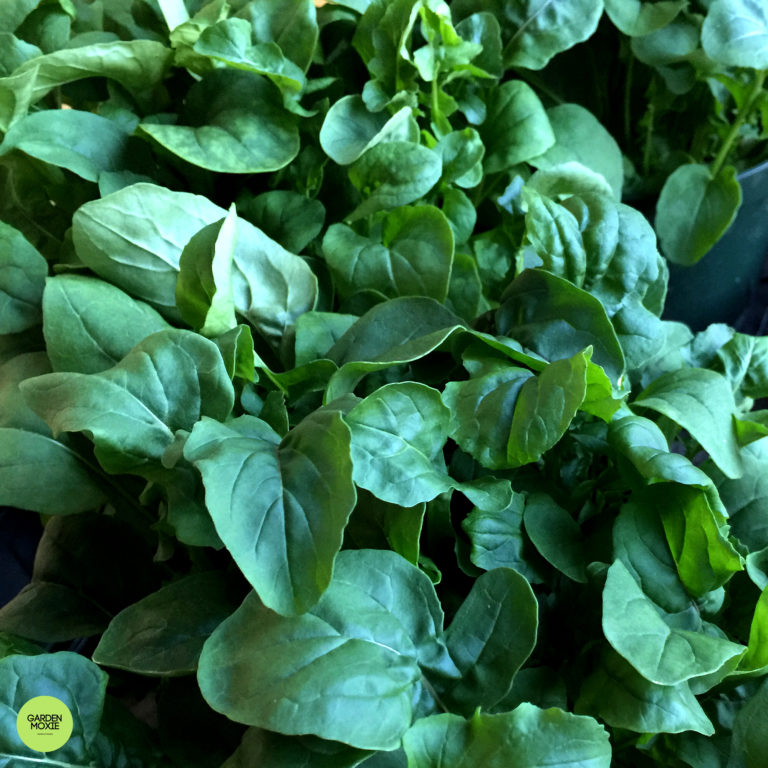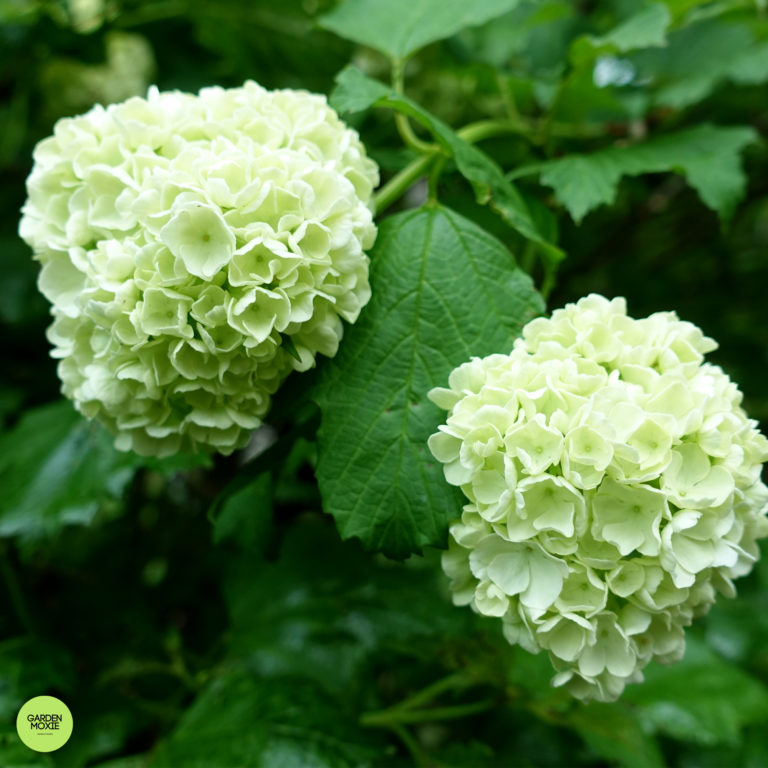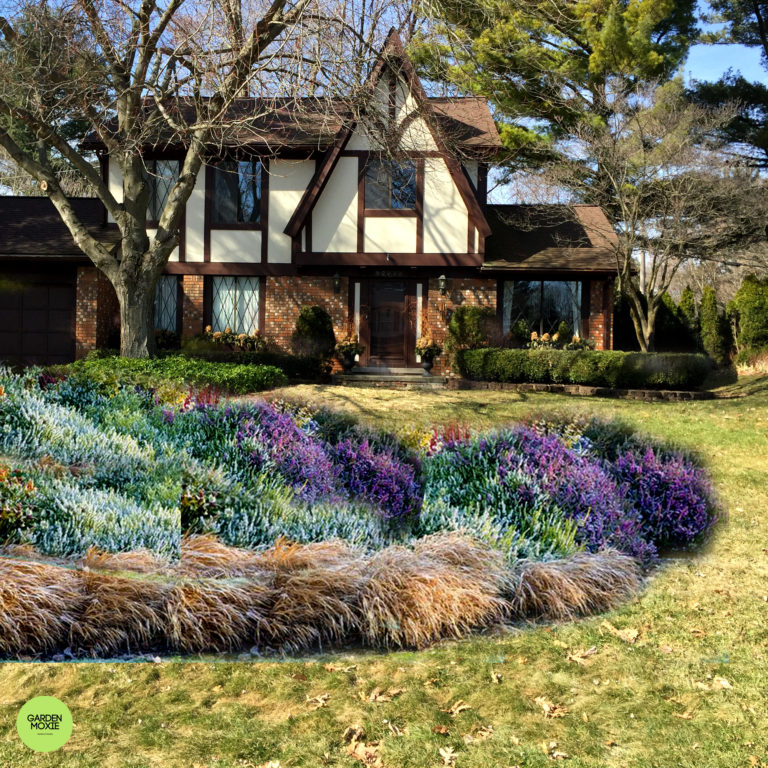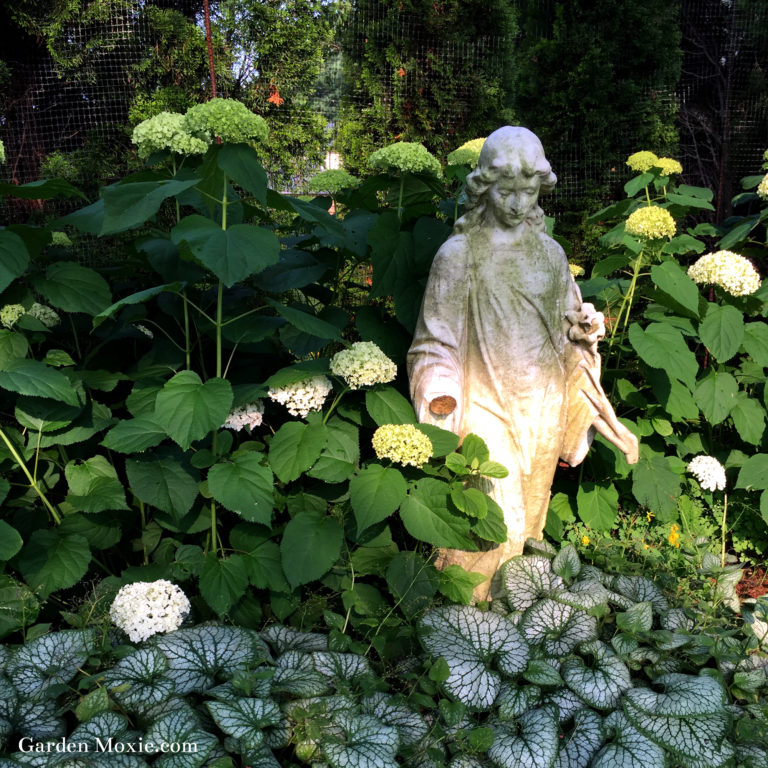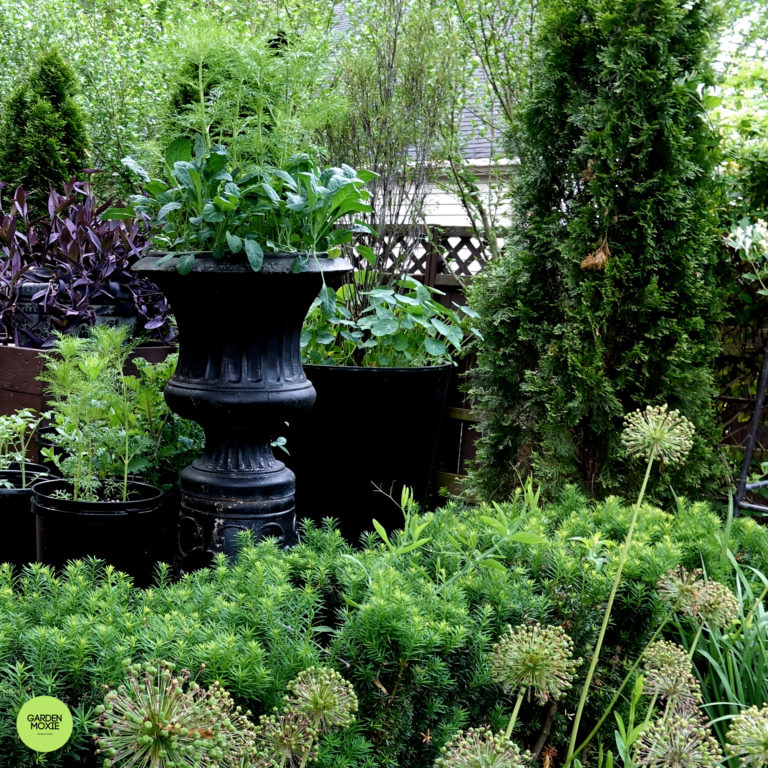Native Plants for Home Gardeners
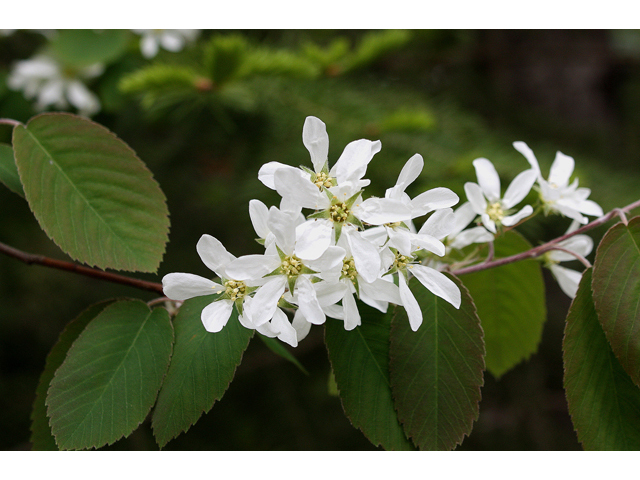
Gardeners are increasingly focused on sustainability and preserving our natural environment. We all want to create and maintain our gardens to provide a habitat for the little critters that share our space.
Native plants have evolved and adapted over centuries to thrive in their specific ecosystems, making them vital contributors to biodiversity and essential for supporting local wildlife.
By incorporating native plants into our gardens, we can play a crucial role in fostering a more sustainable future. Since native plants are adapted to your specific environment, they require less fuss and maintenance to thrive.
In this blog post, I discuss the benefits of native plants and provide tips to help you incorporate natives in your garden.
Why Use Natives in Your Garden
Biodiversity
Native plants form the backbone of healthy ecosystems. They support a diverse range of pollinators, birds, and beneficial insects, creating a delicate balance that sustains the local environment.
There is an intricate relationship between native plants and wildlife that has evolved through time. The plants and critters help one another thrive.
Resilience and Adaptability
Natives thrive in various soil types, climates, and ecological niches, reducing the need for excessive watering, fertilizers, and pesticides making them great for low maintenance gardening.
Sustainable Gardening Practices
Incorporating native plants can reduce water consumption, minimize chemical use, and support a healthier ecosystem.
Eco-friendly gardening practices like rainwater harvesting, companion planting, and natural pest control methods are perfectly aligned with the principles of sustainable gardening.
Designing with Native Plants
Adapting a garden design that features natives can open up a whole new creative world.
There are tons of native plants available for landscape use. From stunning wildflower meadows to native shrub borders and woodland gardens, native plants can add unique beauty and a sense of place to your outdoor spaces.
A Look at Natives versus Hybrids
Natives and hybrids each have their own set of benefits, depending on the specific context and goals of gardening or landscaping.
It’s important to remember there are benefits to using hybrids in the garden. The two are not mutually exclusive. Gardeners tend to think of one as good and one as evil. That is not the case.
Benefits of Hybrids
- Improved characteristics: Hybrids are created by cross-breeding different plant varieties to combine desirable traits from each parent. This can result in plants with improved flower color, disease resistance, growth habits, or other desirable characteristics not found in their parent species.
- Increased productivity: Hybrid plants are often bred for increased yields in agricultural settings. They can have higher crop productivity, better disease resistance, or improved fruit quality, making them valuable for food production.
- Extended bloom periods: Some hybrid plants are bred to have extended bloom periods, meaning they can produce flowers for a longer duration compared to their non-hybrid counterparts. This can provide more prolonged visual interest in gardens and landscapes.
- Consistent performance: Hybrids can exhibit more predictable and uniform growth patterns, making them easier to manage and cultivate. This consistency can be advantageous for commercial agriculture, where uniformity and predictability are important.
- Adaptation to specific conditions: In some cases, hybrids may be developed to adapt to specific environmental conditions or overcome limitations of the parent species. This can include tolerance to extreme temperatures, resistance to pests or diseases, or improved performance in challenging soil conditions.
Benefits of Natives
- Adaptation to local conditions: Native plants are naturally adapted to the specific soil, climate, and environmental conditions of a region. They have evolved over time to thrive in the local ecosystem, making them more resilient and better suited to the local climate.
- Biodiversity and ecological balance: Native plants support local ecosystems by providing food, shelter, and habitat for native wildlife such as birds, insects, and pollinators. They contribute to biodiversity, which is crucial for maintaining a healthy and balanced environment.
- Reduced maintenance requirements: Once established, native plants generally require less water, fertilizer, and maintenance compared to non-native species. They have evolved to be well-suited to the local rainfall patterns and soil conditions, reducing the need for excessive irrigation or chemical inputs.
- Pest and disease resistance: Native plants have co-evolved with local pests and diseases, often developing natural defenses against them. They are generally more resistant to local pests and diseases, reducing the need for chemical interventions.
- Conservation of resources: By using native plants, you can help conserve water resources since they require less irrigation. Additionally, they contribute to the conservation of genetic diversity by preserving the unique characteristics of native plant populations.
It’s important to note that the advantages of native plants and hybrids are not mutually exclusive, and in most situations a combination of both is beneficial.
3 of My Favorite Native Plants
Resources and Inspiration
Learn about reliable sources for acquiring native plant species and find guidance on selecting the right plants for your specific region and conditions.
Here are a few resources to help you start your journey.
Plants recommended by region – Search for native plants based on your location.
Businesses that sell native plants – Find plant nurseries in your area that grow and sell native plants.
Wildtype Native Plants – A plant nursery growing plants native to Michigan.
Plant Finder Database – A helpful search tool to find suitable plants by light requirements, zone, water, etc.
Midwest Invasive Plant Network – Learn about plants to avoid in your landscape. This resource also suggests non-invasive replacements.
Ready to embark on your native plant journey? I know I am.

